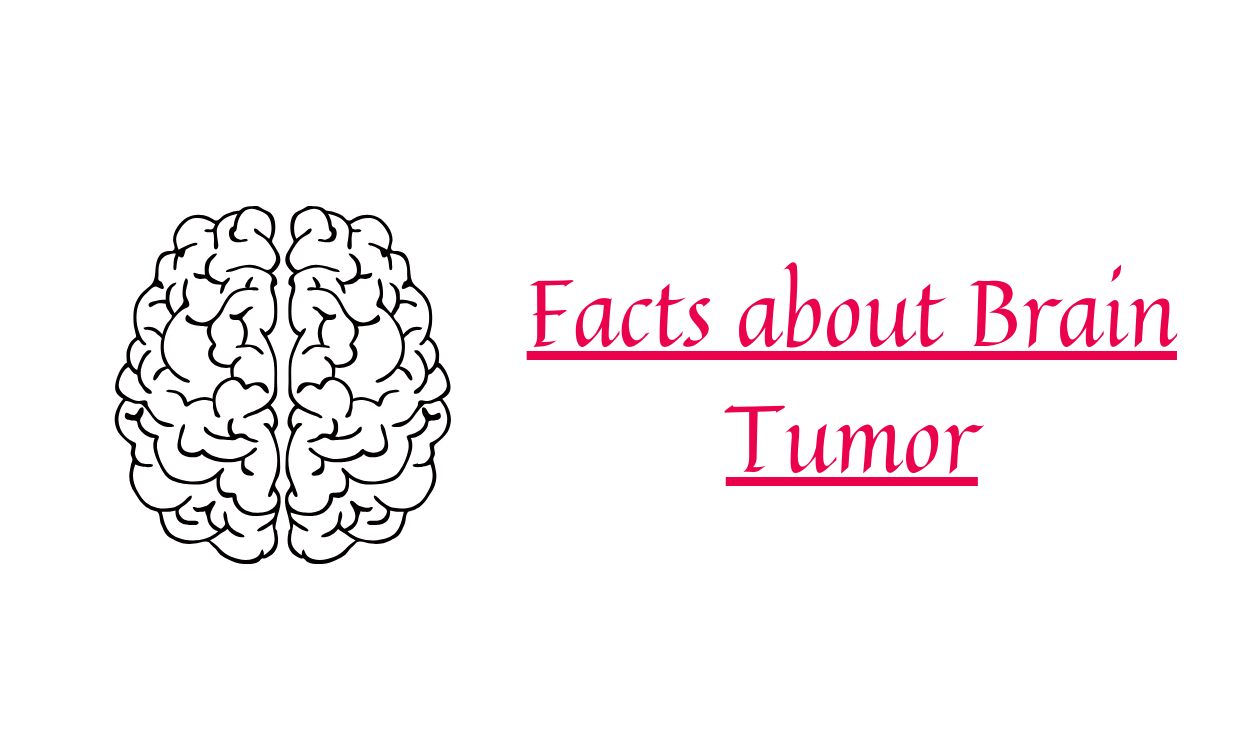
10 Interesting Facts about Brain Tumor
- Brain tumor can be benign or malignant.
- Symptoms can vary widely depending on the tumor’s location and size.
- Treatment options include surgery, radiation therapy, and chemotherapy.
- The exact cause of most brain tumors remains unknown.
- Brain tumors can occur at any age, from infancy to old age.
- Some common symptoms include headaches, seizures, and cognitive changes.
- Diagnosis often involves imaging tests like MRI and CT scans.
- The prognosis for brain tumors can vary greatly depending on several factors.
- Research into new treatments and therapies is ongoing.
- Support groups and resources are available for patients and their families.
Brain Tumor Quick Facts
- Incidence rates of brain tumors vary globally.
- Certain genetic conditions can increase the risk of brain tumors.
- Environmental factors may play a role in the development of some brain tumors.
- Early detection and intervention can improve outcomes.
- Brain tumors can originate from brain tissue or spread from other parts of the body.
Brain Tumor in Children (0-14)
- Pediatric brain tumors are classified into various subtypes, including astrocytomas, medulloblastomas, ependymomas, and embryonal tumors.
- Brain tumors are the leading cause of cancer-related deaths in children, highlighting the need for improved treatments and supportive care services.
- Certain genetic syndromes, such as neurofibromatosis type 1 and Li-Fraumeni syndrome, increase the risk of brain tumor development in children.
- Pediatric brain tumor survivors may experience long-term complications, including cognitive deficits, endocrine abnormalities, and psychosocial issues.
- Pediatric neuro-oncology programs often involve a multidisciplinary team of specialists, including neurosurgeons, oncologists, neurologists, psychologists, and rehabilitation therapists.
Brain Tumor in All Pediatric Populations (0-19)
- The incidence of pediatric brain tumors varies by age, with certain subtypes more prevalent in specific age groups.
- Advances in neuroimaging techniques, such as functional MRI and diffusion tensor imaging, have improved the accuracy of brain tumor diagnosis and surgical planning in pediatric patients.
- Pediatric brain tumor treatment may involve clinical trials investigating novel therapies, including targeted molecular agents and immunotherapy approaches.
- Survivorship care plans for pediatric brain tumor survivors aim to address long-term medical and psychosocial needs, including monitoring for late effects of treatment and supporting educational and vocational goals.
- Pediatric brain tumor research efforts focus on elucidating the underlying genetic and molecular mechanisms driving tumor growth and progression, with the ultimate goal of developing personalized treatment strategies.
Brain Tumor in Adolescents and Young Adults (15-39)
- Adolescents and young adults (AYAs) with brain tumors face unique challenges related to their developmental stage, including disruptions to education, career aspirations, and social relationships.
- The impact of brain tumors on cognitive function and psychosocial well-being may be particularly pronounced in AYA patients, underscoring the importance of comprehensive supportive care services.
- AYAs with brain tumors may benefit from participation in specialized programs and peer support networks designed to address their unique needs and concerns.
- Treatment decisions for AYA brain tumor patients may consider factors such as fertility preservation options, adherence to therapy, and long-term quality of life.
- AYA brain tumor survivors may require ongoing monitoring for late effects of treatment, including neurocognitive deficits, endocrine dysfunction, and secondary malignancies.
Brain Tumor in Adults (40+)
- The incidence of brain tumors increases with age, with the highest rates observed in older adults, particularly those over the age of 65.
- Common risk factors for adult brain tumors include exposure to ionizing radiation, family history of brain tumors, and certain genetic predispositions.
- The diagnosis and management of brain tumors in older adults may be complicated by age-related comorbidities, polypharmacy, and altered physiological reserve.
- Treatment decisions for adult brain tumor patients may involve weighing the potential benefits and risks of therapy in the context of the patient’s overall health status and treatment goals.
- Palliative care and supportive services play a crucial role in optimizing the quality of life for adult brain tumor patients, particularly those with advanced or incurable diseases.
Brain Tumor by Race/Ethnicity
- Disparities in brain tumor incidence, treatment, and outcomes exist among different racial and ethnic groups, highlighting the need for equitable access to healthcare services and resources.
- Socioeconomic factors, including income, education level, and health insurance status, contribute to disparities in brain tumor care and outcomes.
- Cultural beliefs, language barriers, and mistrust of the healthcare system may influence access to and utilization of brain tumor services among minority populations.
- Community-based outreach programs and culturally sensitive interventions are essential for addressing disparities in brain tumor care and promoting health equity.
- Multidisciplinary collaborations between healthcare providers, community organizations, and policymakers are necessary to eliminate racial and ethnic disparities in brain tumor care and improve health outcomes for all.
Brain Tumor by Sex
- The incidence of certain types of brain tumor may vary by sex, with some tumors more commonly diagnosed in males or females.
- Sex hormones, such as estrogen and testosterone, may influence the development and progression of certain brain tumors, including meningiomas and pituitary adenomas.
- Gender-specific factors, such as reproductive history and hormonal therapies, may impact the risk and prognosis of brain tumors in men and women.
- Sex-related differences in treatment response and outcomes have been observed in certain brain tumor subtypes, highlighting the importance of personalized medicine approaches.
- Research into the molecular and genetic underpinnings of sex disparities in brain tumor biology and treatment response is ongoing, with the potential to inform targeted therapies and improve outcomes for both male and female patients.
Conclusion:
Dealing with brain tumors is tough. But if we know more about them, especially how they affect different groups of people, we can help make things better. Understanding these facts can help doctors find better ways to treat brain tumors. It can also help us support research to find new treatments.




